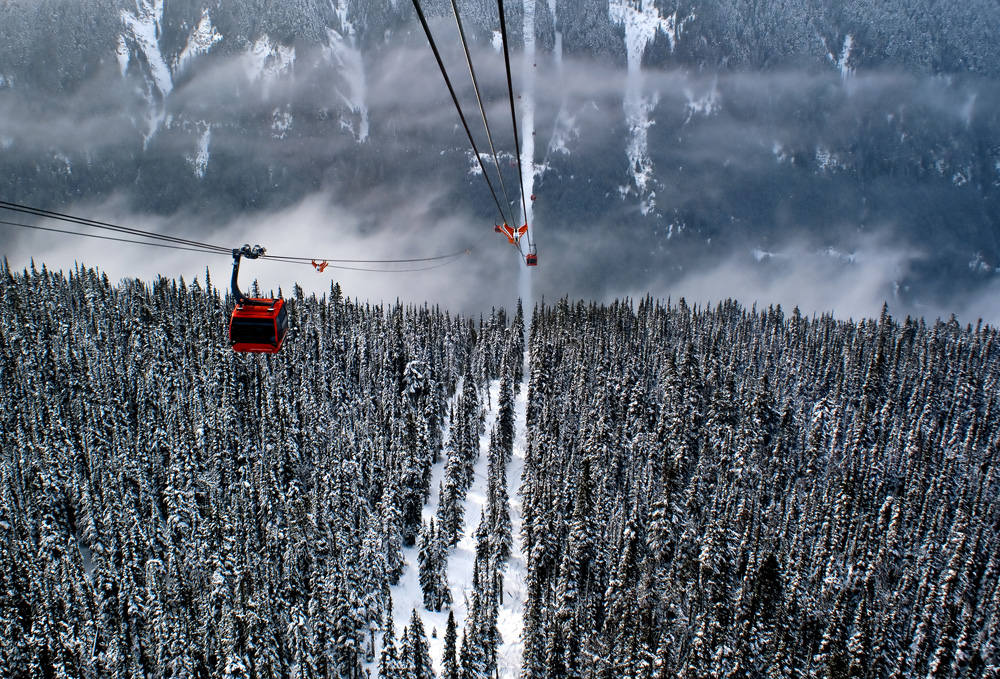
Named after the furry marmots that inhabit the area and whistle like balloons being deflated, Whistler is one of the world's most popular ski resorts. What’s more, host of many of the outdoor events at the 2010 Winter Olympic and Paralympic Games, it’s one of the best places you can polish your slalom or super-G skills…
Nestled in the shade of Canada’s impressive Whistler and Blackcomb Mountains, Whistler seems unlike any other resort in North America. Perhaps it’s the scale, the high bowls and glaciers, the landscape and the crowds that make it seem more like an Alpine resort. Yet, it has some of the great advantages offered by resorts in the western side of North America, like excellent snow and a lot of woodland runs.

Central area
THE VILLAGES
Whistler Village, the key hub for hotels, restaurants and shops, sits at the foot of Whistler and Blackcomb mountains. It’s a scenic 113km drive from Vancouver on Canada’s west coast. The village, which was developed in the late 1970s, is a 10-minute bus ride away from Whistler Creek, the original ski area which was revamped and expanded in preparation for its role as the Alpine finish area in the 2010 Olympics. A pedestrian bridge over an access road links the main centre to the newer and quieter Village North. If you’re on a budget, that’s where you’ll find humbler B&B-type accommodation. The Upper Village, which was developed in the 1980s, is found at the base of Blackcomb Mountain. Much smaller and quieter as well, it’s home to some ritzy hotels and a 10-minute walk from Whistler Village. Some lodging in the Upper Village is a long way from the centre, so taking buses or taxis is usually necessary. However, some hotels have free buses, which will pick you up as well as take you to restaurants and nightlife.

Visitors enjoying apres ski at an outdoor patio
The three main centres are all traffic-free. The architecture is varied and there are many chalet-style apartments on the hillsides. However, there is an urban feel with lots of high blocks approaching 10 storeys.
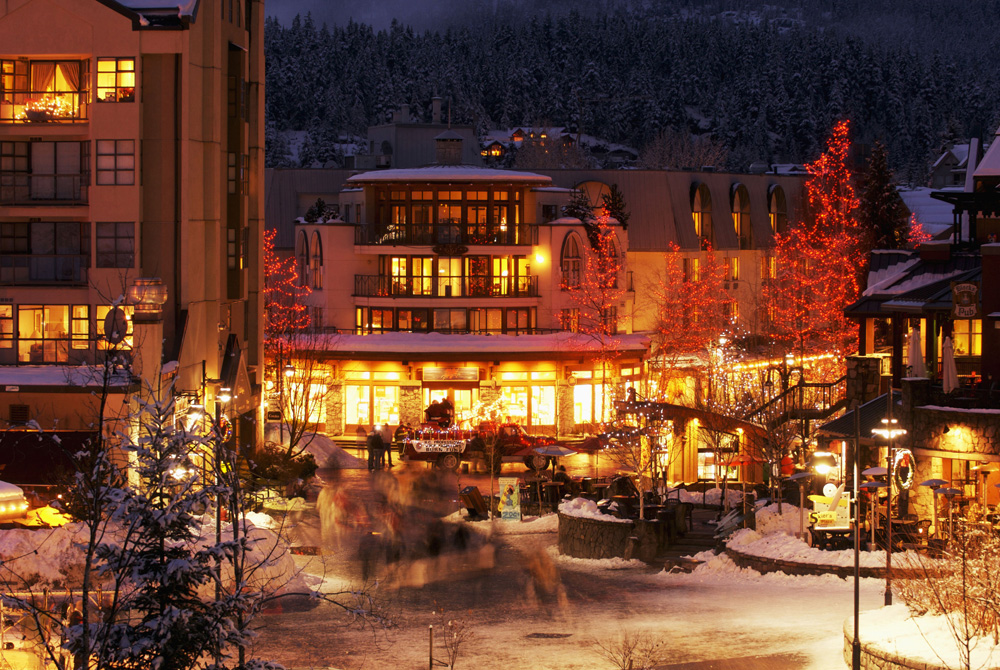
Village stroll
Peak 2 Peak
The Peak 2 Peak gondola makes it possible to access both mountains by taking a maximum of three lifts, so wherever you’re staying is equally convenient. The sister mountains of Whistler Blackcomb comprise 38 lifts and almost 82 sq. km of skiable terrain, crisscrossed with over 200 runs (over half aimed at intermediate-level skiers). They were first physically linked in 2009 and the huge 4.4km Peak 2 Peak gondola can shuttle Vancouverites and world travellers between the two high alpine areas in 11 minutes, enabling everyone to hit two mountain slopes on the same day.
As well as being practical, the gondola offers splendid views of the deep Fitzsimmons Creek valley; the vistas from the two cabins with glass floors are particularly awesome.
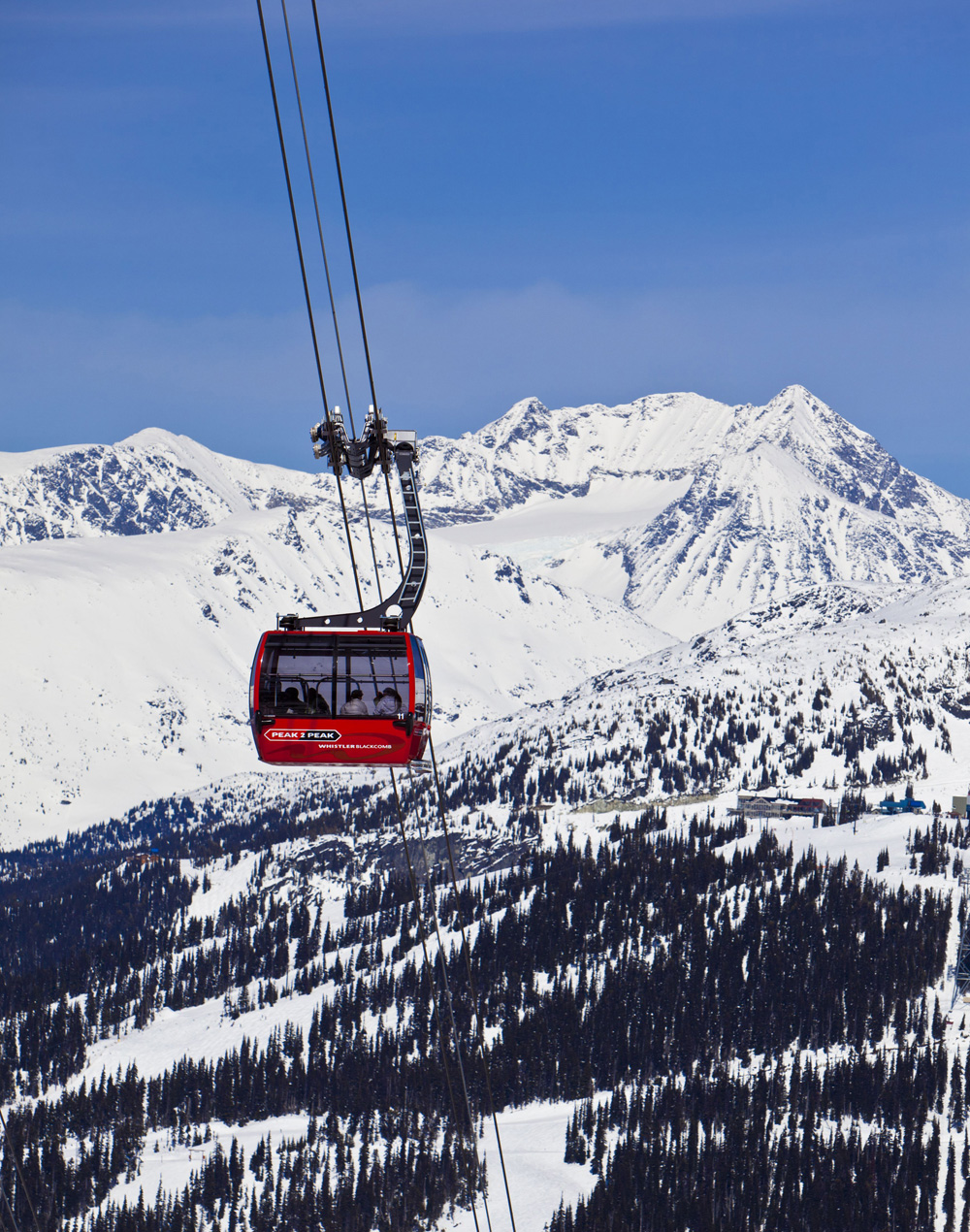
Peak 2 Peak gondola
Visit the Lost Lake
A pleasant walk or free shuttle bus away from the village, Lost Lake is the centre for 22km of wooded cross-country ski trails, suitable for beginners and experts alike. Around 4km of the trail is lit for additional night-time skiing until 10 p.m. and there's a 'warming hut' that provides lessons and equipment rentals. If you’re a snowshoer, you will also be well attended to in this area as there are 10km of trails to stomp around, as well as the option to rent equipment and go with a guide.
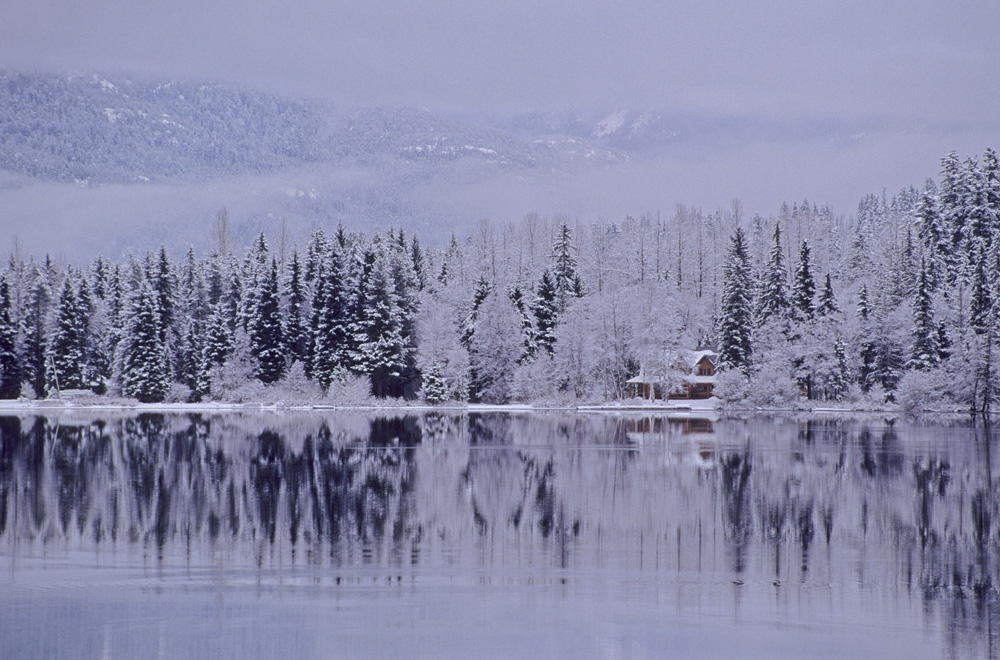
Alta Lake
Let It Snow, Let It Snow, Let It Snow
Snow conditions at altitude are usually excellent, with an annual average of 400 inches, which is a lot more than resorts in Colorado, for example. But because the resort is low, the bottom slopes can have poor snow or slush.

The Bridge of Sighs at Rainbow Park
Health & Wellness Destination
With its clean, fresh mountain air, beautiful surroundings and an endless variety of beneficial activities for you to experience, it isn’t surprising Whistler has also become a renowned destination for health and wellness getaways. Get pampered like never before at one of their state-of-the-art, luxurious spa or wellness centres. Its idyllic setting really makes Whistler the perfect place to relax, rejuvenate and cultivate a healthier lifestyle.
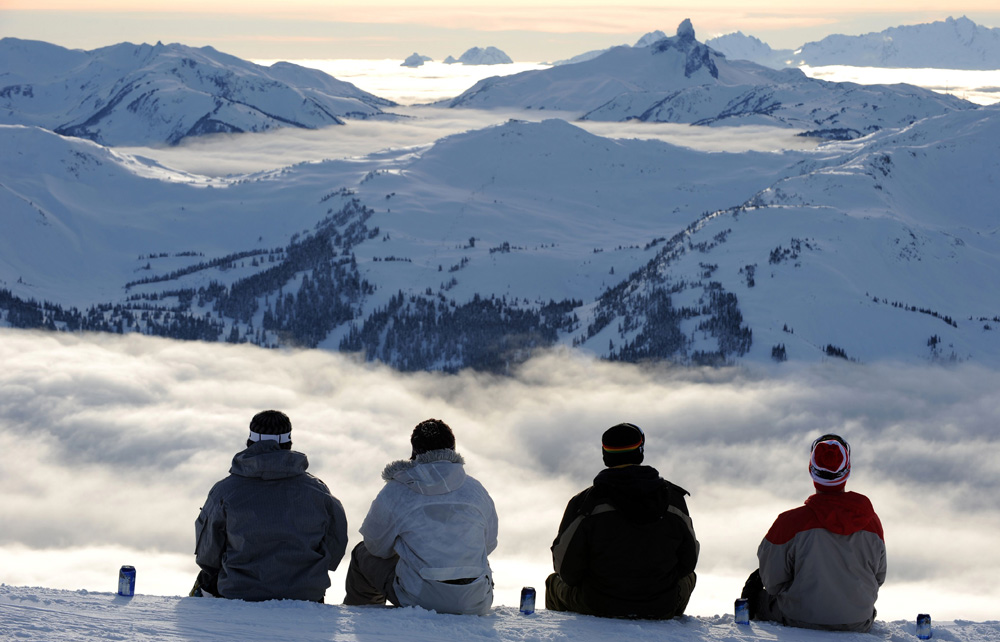
Skiers admire the views
4 Top Tips
- December to February are the peak months, however the resort's winter season usually starts in late November and goes on till April on Whistler and June on Blackcomb. Glacier skiing is available into July.
- You can beat the crowds with an early-morning Fresh Tracks ticket, which must be bought in advance at Whistler Village Gondola Guest Relations.
- There’s an evening Night Moves programme operated via Blackcomb's Magic Chair lift after 5 p.m. for night owls.
- Snowboard fans can make use of the freestyle terrain parks mostly located on Blackcomb, including the Snow Cross and the Big Easy Terrain Garden.
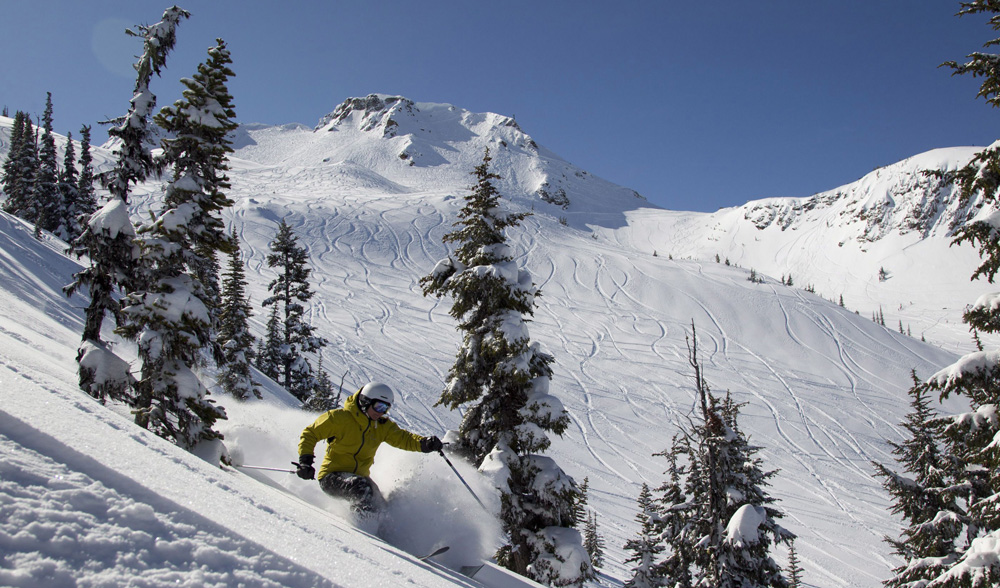
Skier Bonnie Makarewicz on Whistler Mountain
5 Best Après Ski Spots
- The Garibaldi Lift Company, the closest haunt near the slopes, is known for its bulging burgers.
- Another choice is Whistler Brewhouse, with its model train that runs around the interior and its great food, it’s worth a visit.
- Ski enthusiasts who like some groovy music should try Moe Joe's intimate stage.
- Longhorn, situated at the base of Whistler, is a great place to start when the lifts close. The view is magnificent and the atmosphere is buzzing.
- The Mallard at the Fairmont is the place to go for a more chilled experience. You can relax by the outdoor fire and listen to the live music.
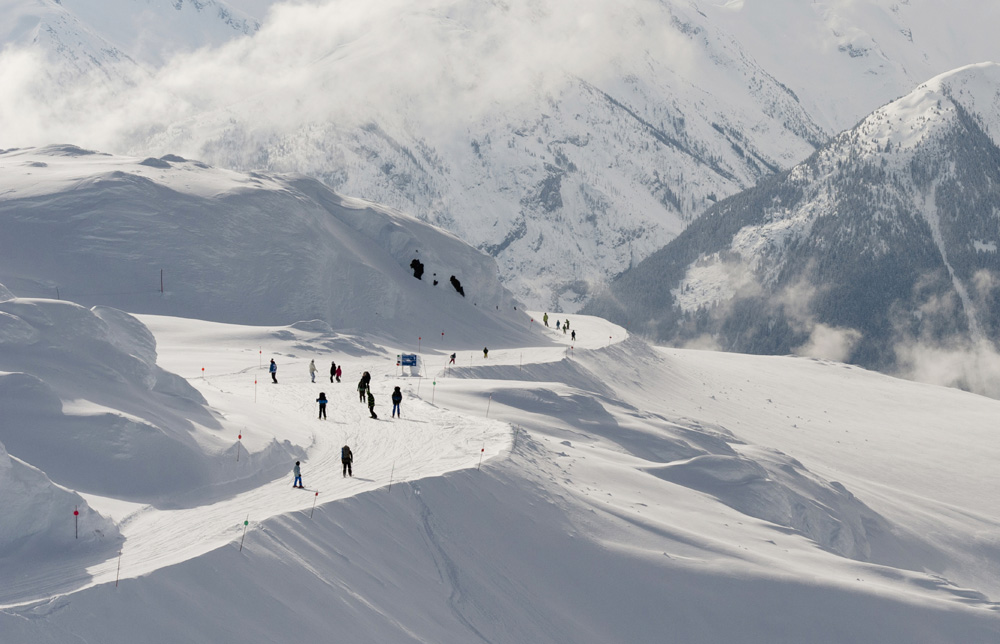
Skiers on a snowy trail
The Good
- The largest ski area in North America (1,610m)
- Excellent mixture of high open bowls and woodland trails
- Good snow record
- Alpine-like scenery
- Purpose-built with car-free central areas
- Good choice of village restaurants and vibrant après-ski
- Continually awarded the best ski resort in North America
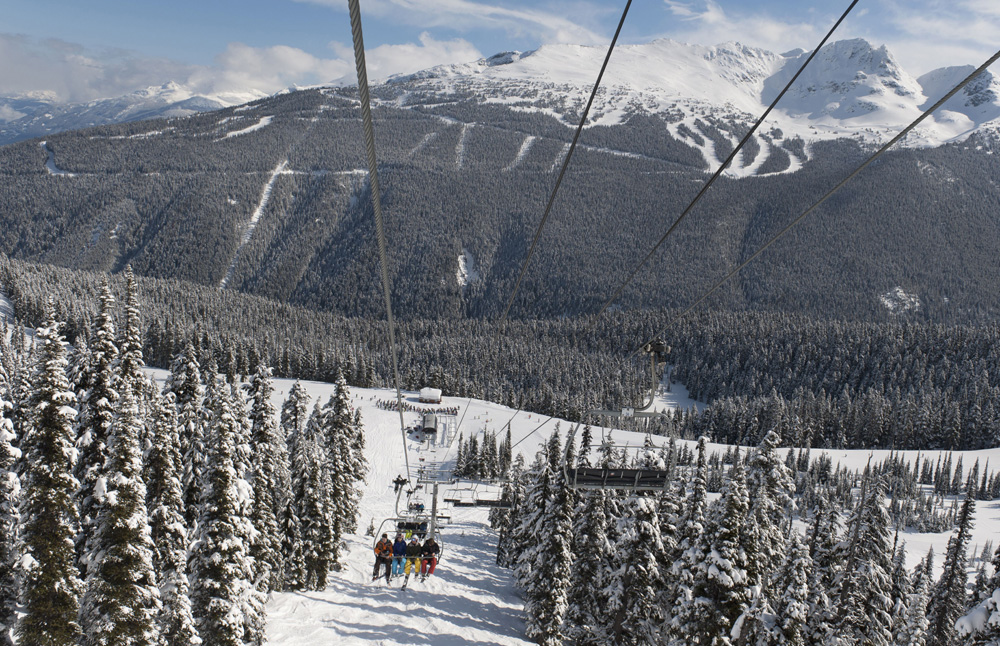
Skiers riding a chairlift
The Bad
- Proximity to Pacific Ocean means a lot of cloudy weather and rain at resort level is not unusual
- Queues and overcrowded runs can be a big problem at peak times
- Mountain and resort restaurants can get too packed

















